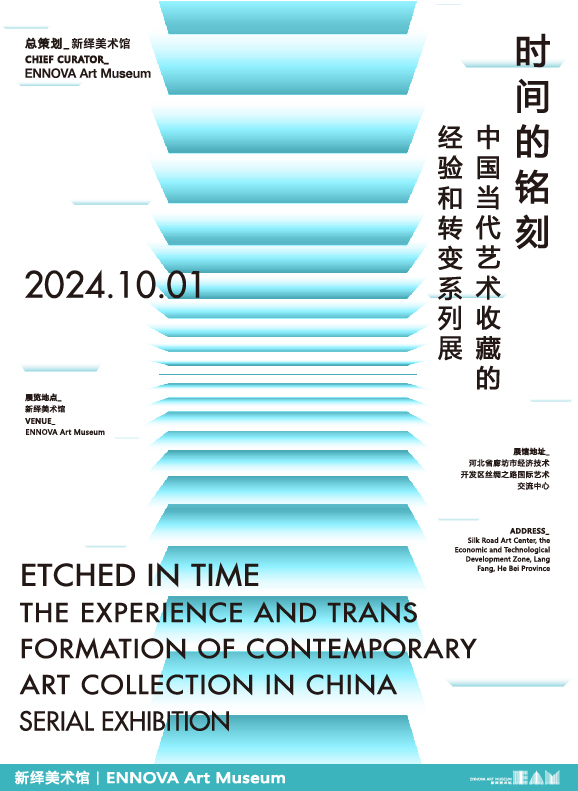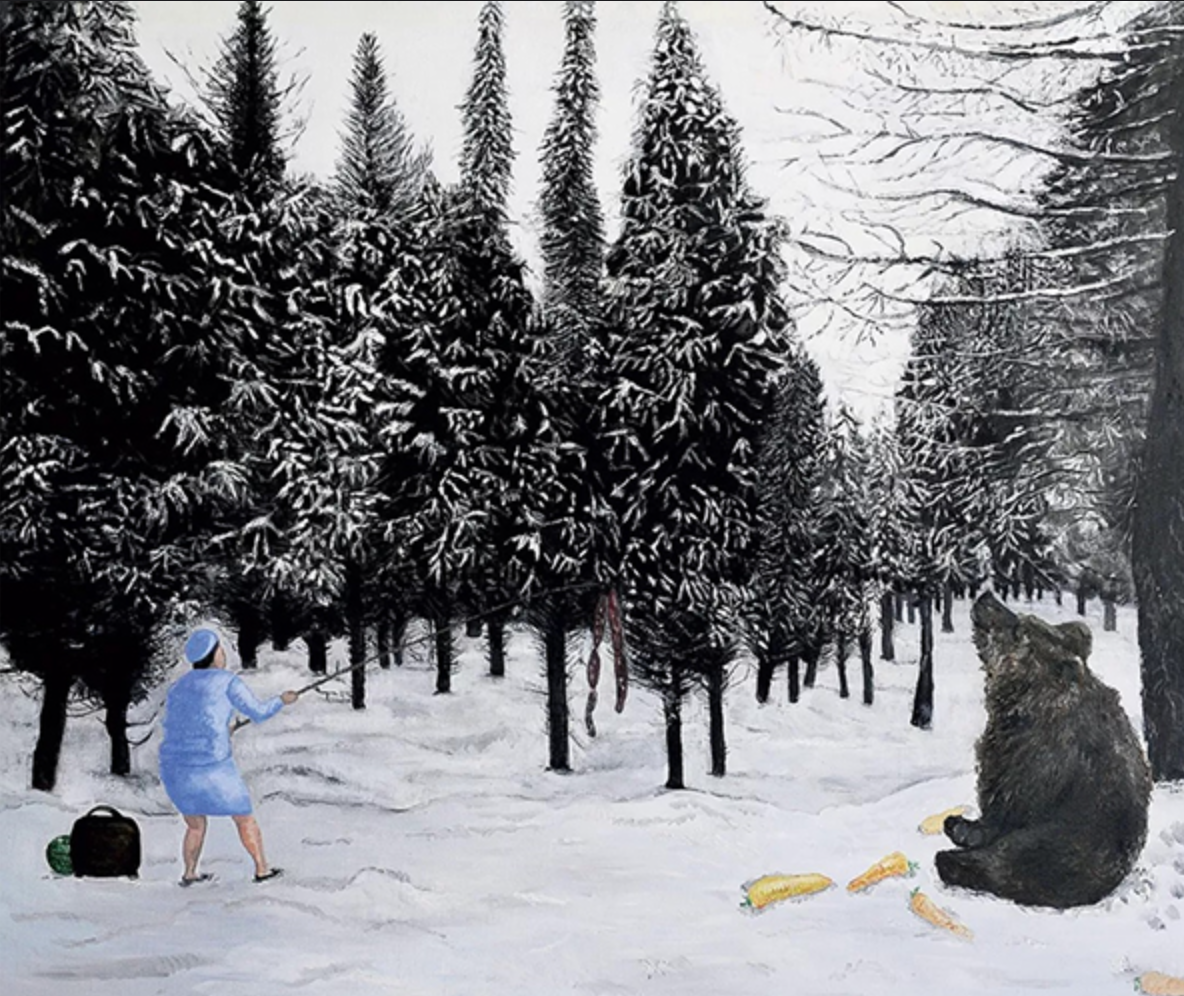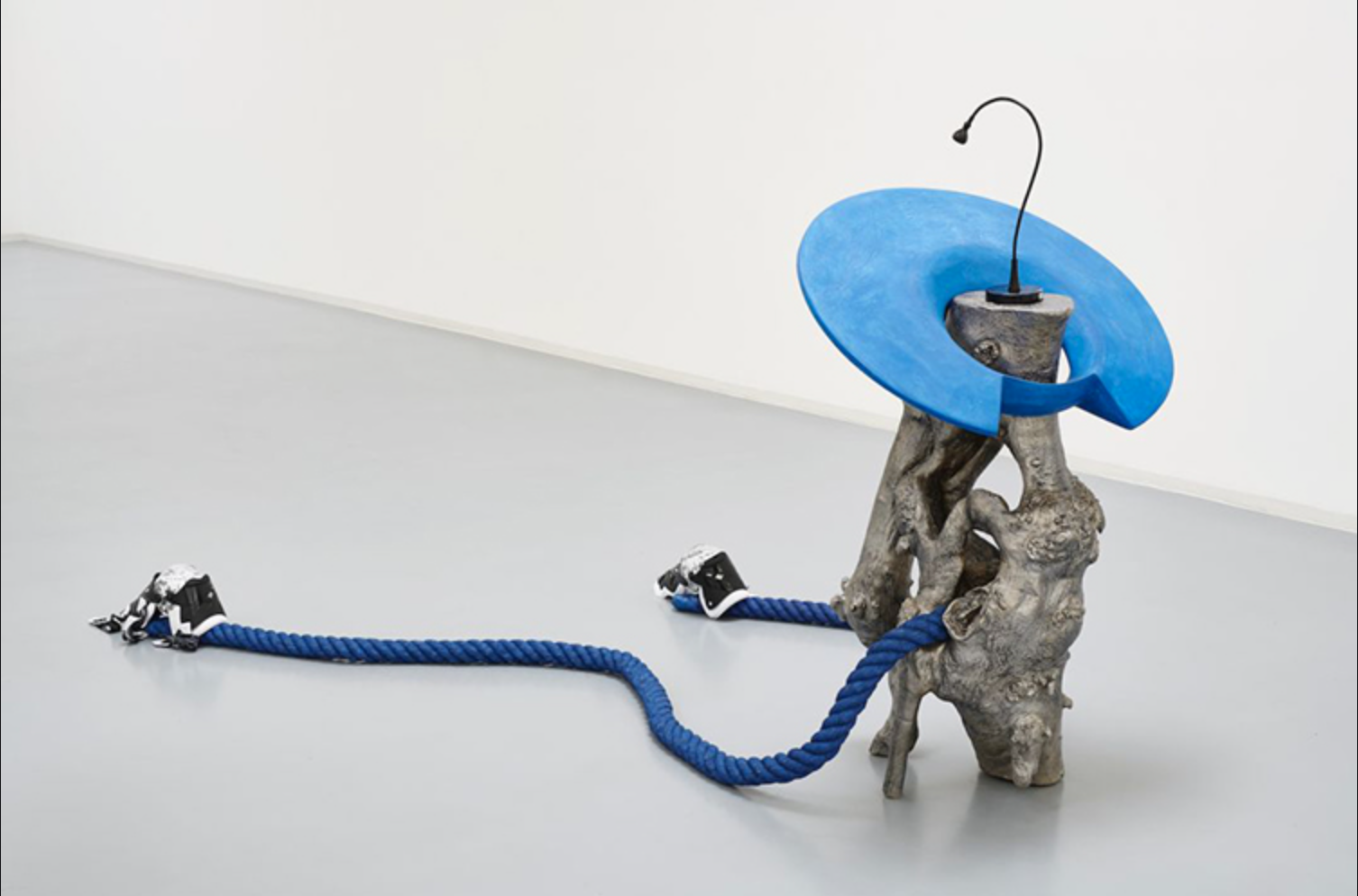Etched in Time: The Experience and Transformation of Contemporary Art Collection in China
2024-04-29 - 2027.06.07

The core vision of ENNOVA Art Museum is to establish itself as a prominent cultural and art exchange platform with significant international influence, and maintain an active dialogue with the Chinese and global art world through the continuous and systematic growth of its collections, research-based exhibitions, public education, and other programs that serve as vital components of the museum. Oriented by this vision and thanks to the efforts of Chinese collectors and artists of their generosity,the exhibition “Etched in Time: The Experience and Transformation of Contemporary Art Collection in China” attempts to comprehensively examine the collection of Chinese contemporary art and present a dynamic sample by sharing these extraordinary works with the public, reaching out to wider and younger audiences, and encouraging more participation.
“Etched in Time: The Experience and Transformation of Contemporary Art Collection in China” features important collections and ideas from representative Chinese art collectors across different periods. The works on display encompass a diverse range of mediums including painting, photography, video, installation, and many others. In terms of artists, the exhibition features representative Chinese contemporary artists from the post-1960s to post-1990s, as well as international artists essential for a global perspective. The exhibition unfolds chronologically in three sections, reflecting on the experience and transformations of contemporary art collection in China from the 1990s to the present, covering a span of three decades.
1990-2005: Early Collection and Market Building
With the establishment of a market economic system, China in the 1990s experienced significant shifts in social culture and public perception. Against this backdrop, contemporary Chinese art experienced a resurgence and returned to the public view. As art became an important reflection of the transformations in the urbanization process and personal life in China, the early stage of art collection and market building emerged, marked by key events, such as the “1993 China Art Expo (Guangzhou)”, the first art fair in mainland China, and contemporary Chinese art was first introduced into the secondary art market in China in 1994, marking a foundational moment in the development of the art collection environment in the country.
2006-2012: Value Construction and Professional System
With the advent of the millennium, China’s economic boost and increased cultural confidence propelled contemporary art collection into society with greater recognition and community engagement. Contemporary Chinese art began integrating into the global art system, blurring distinctions between international and domestic art collection visions. Two critical factors emerged as the key driving force of art collection development in China: the rise of contemporary art districts and the proliferation of private art museums.
2013 to Present: A Trend towards Increased Internationalization
With the advancement of globalization, Chinese collectors have become more actively involved in a globally shared art stage through art fairs, biennials, and various large-scale exhibitions. Additionally, they have invested substantial resources and time in building a cross-cultural communication platform that fosters global competition within both the Chinese and global art worlds. Many Chinese contemporary art collectors now prioritize sustained engagement with the public to address evolving challenges and anticipate future trends. They have developed a distinctive and remarkable collection system that integrates Chinese, Asian, and Western artworks into narratives of globalization and multiculturalism.
About the artist
Participating Artists:
Alighiero Boetti、Allora&Calzadilla、Anselm Kiefer、Antony Gormley、Austin Lee、Ayako Rokkaku、Caleb Hahne、Chao Ge、Chen Wenji、Cosima Von Bonin、Damien Hirst、David Nash、Ding Yi、Duan Jianyu、Fang Lijun、Flavien Thery、Friedrich Einhoff、Geng Jianyi、Guan Xiao、Harmony Korine、He Duoling、Hoo Mojong、Huang Yongping 、Huang Yuxing、Kaito Itsuki、lzumi Kato、Ji Dachun、Jitish Kallat、John Armleder、Jonathan Binet、Laure Prouvost、Liao Guohe、Lin Yilin、Liu Jianhua、Liu Shangying、Liu Wei、Liu Wei、Liu Xiaodong、Liu Yujia、Ma Kelu、Mao Yan、Markus Weggenmann、Marlene Dumas、Minoru Nomata、Miriam Cahn、Pu Yingwei、Qin Qi、Qiu Xiaofei、Rafa Macarron、Ronan Barrot、Sahara Longe、Shang Yang、Shao Yinong、Shen Yuan、Shu Qun、Stefan Muller、Stephan Balkenhol、Sun Yitian、Tony Oursler、Wang Guangle、Wang Guangyi、Wang Luyan、Wang Mai、Wang Tuo、Wang Xingwei、Wang Yin、Wang Yuyang、William Kentridge、Xu Zhen、Yang Fudong、Yan Lei、Yayoi Kusama、Yu Hong、Zeng Fanzhi、ZhangHuan、Zhang Xiaogang、Zhang Peili、Zhang Enli、Zhu Jinshi








